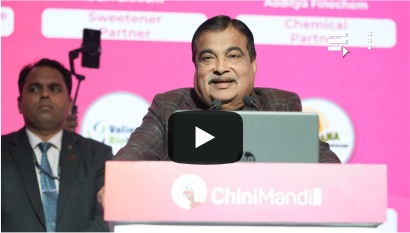New Delhi [India]: The remittances in the country rose to USD 33.2 billion in the first quarter of the current financial year, from USD 28.6 billion recorded last year during the same time period, according to a report by Crisil.
The report stated that the country’s service exports also increased to USD 97.4 billion in the first quarter of fiscal 2026, up from USD 88.5 billion a year ago.
It stated, “Services exports stood at USD 97.4 billion in the first quarter of fiscal 2026, up on-year from USD 88.5 billion. Likewise, remittances rose to USD 33.2 billion, from USD 28.6 billion.”
The report further shared that India’s current account deficit (CAD) narrowed to USD 2.4 billion, or 0.2 per cent of gross domestic product (GDP), in the first quarter of this fiscal. This was sharply lower than the USD 8.6 billion, or 0.9 per cent of GDP, recorded in the same quarter of the previous year.
The report also shared that in the first quarter, financial flows remained net positive at USD 13.2 billion, which was higher than the CAD, leading to an accretion in foreign exchange reserves.
Still, these inflows were lower than the USD 16.6 billion recorded in the year-ago period, as both net foreign direct investment (FDI) and net non-resident Indian (NRI) inflows eased.
FDI inflows rose to USD 27.2 billion from USD 23.9 billion, but outflows also surged to USD 22.2 billion from USD 17.7 billion, lowering the net addition.
Net foreign portfolio investment (FPI) inflows increased to USD 1.6 billion from USD 0.9 billion last year. Within FPI, equity inflows turned positive at USD 5.4 billion compared with outflows of USD 1 billion earlier.
In contrast, the debt segment saw net outflows of USD 2.9 billion, compared with net inflows of USD 1.9 billion a year ago. According to the report, the second quarter is likely to see net equity outflows and net debt inflows.
Further, net external commercial borrowing (ECB) flows improved to USD 3.7 billion from USD 1.6 billion, suggesting corporates continued to borrow abroad at favourable terms.
The report also noted that despite India’s rate-easing cycle, which began in February 2025, the transmission to marginal cost of lending rates (MCLR) based loans remains incomplete. (ANI)

















